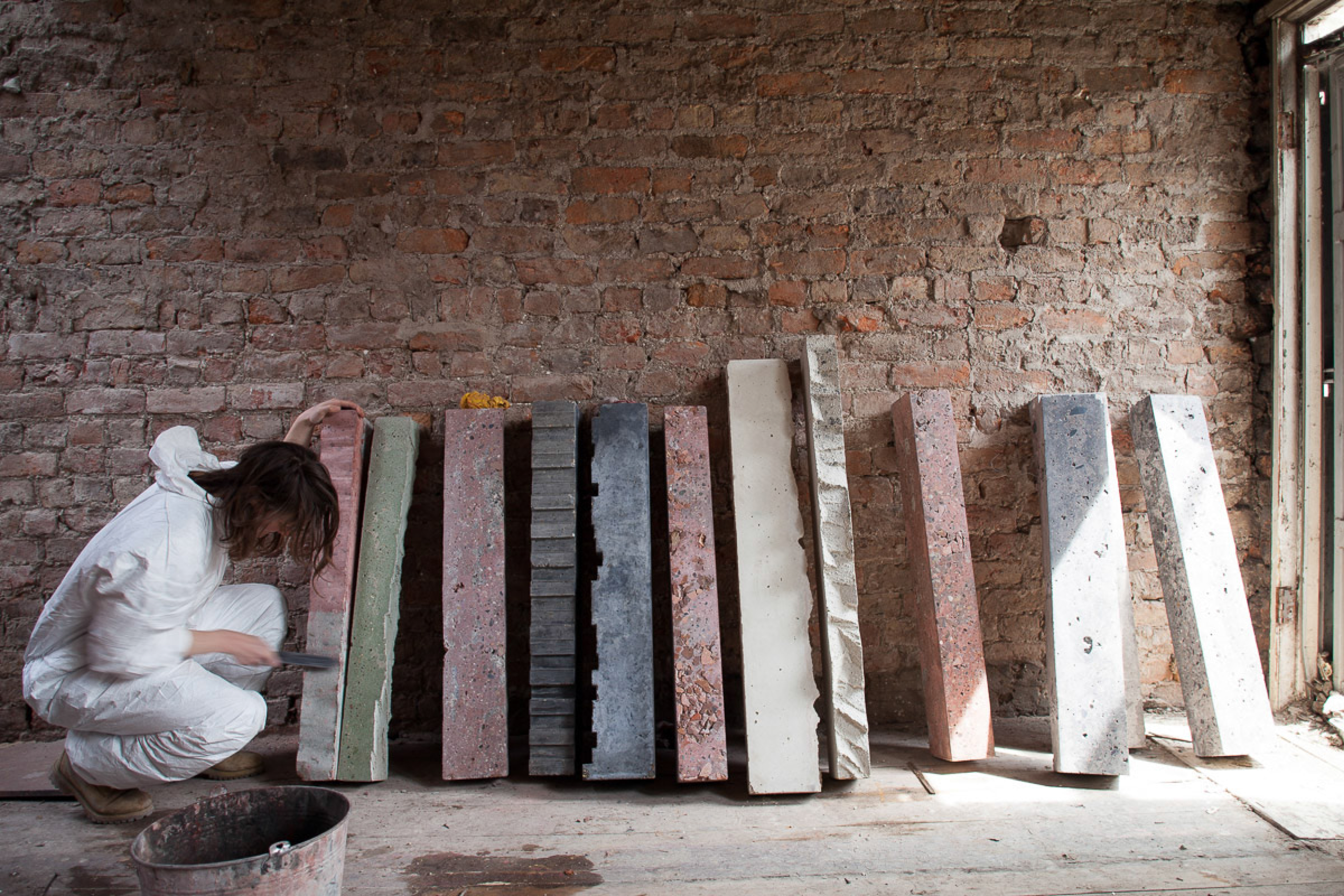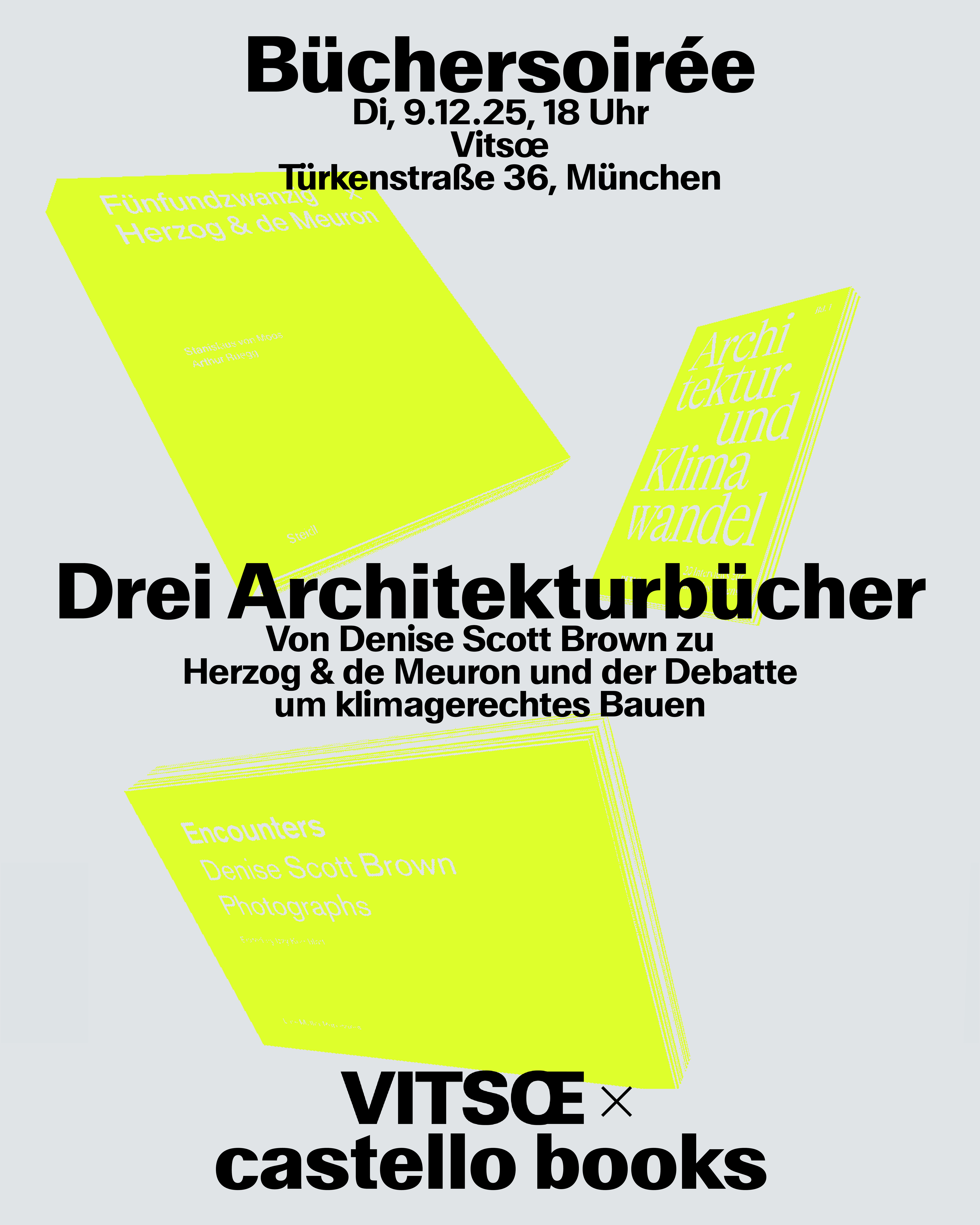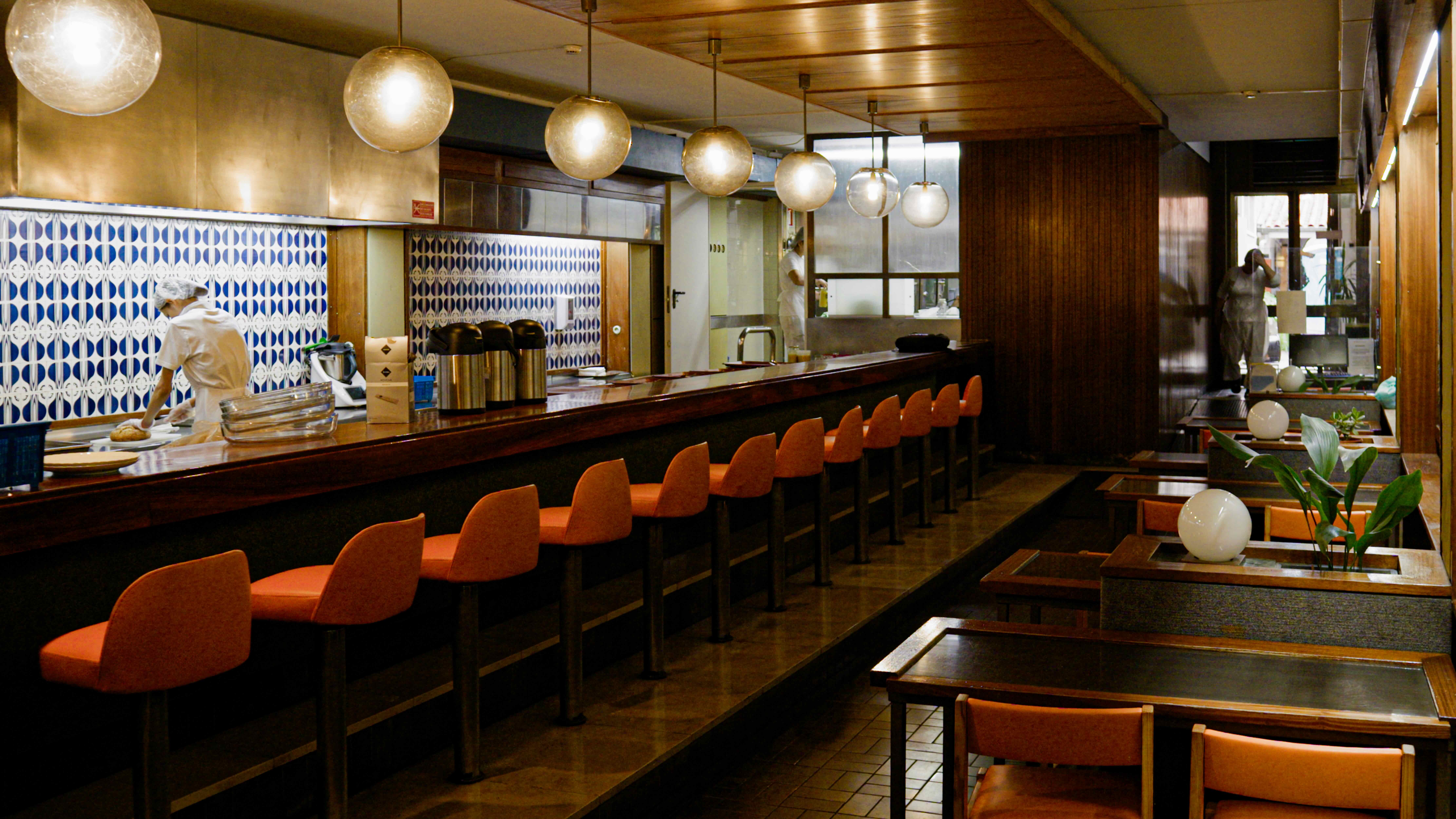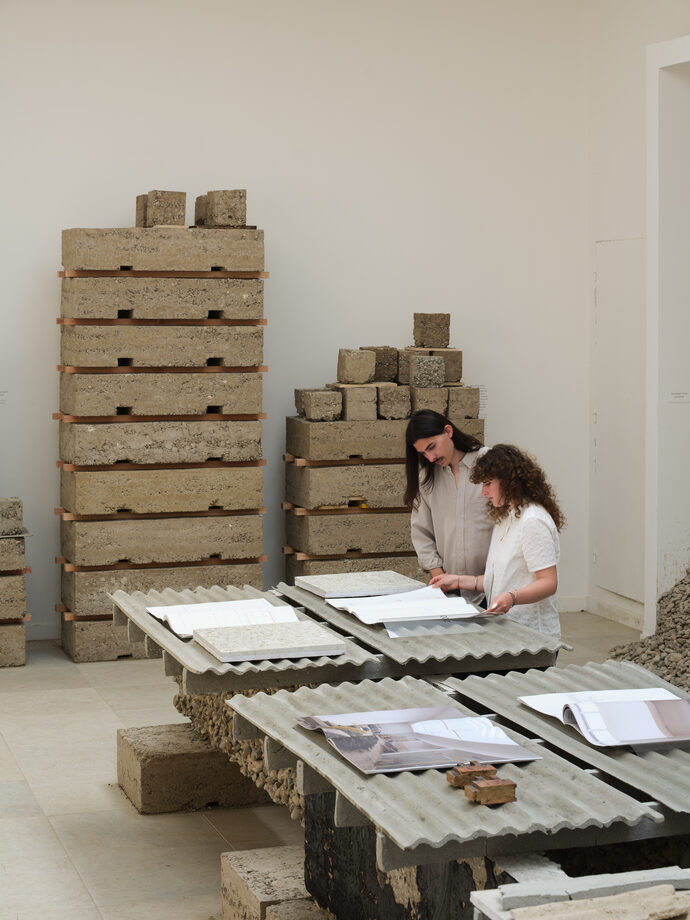[Est.] What are the main characteristics of Crash?
[Konstantin] The key characteristics of it are its generous dimensions; it is wide and spacious… and extremely comfortable. To ‘crash out’ is a nice English expression that comes to mind.
[Est.] Is it unusual for you to design upholstered, spacious furniture?
[Konstantin] That’s almost right. Designing sofas or upholstered furniture doesn’t feel as natural to me as constructing furniture from hard materials. I prefer sitting on hard surfaces than soft surfaces. There is a background of this.
[Est.] What is the story behind Crash then?
[Konstantin] I was interested in challenging myself. Doing something when I wasn’t sure where it would lead to. Starting a collaboration with any new client can be quite difficult. I am very considered about finding the right territory for it—one that I have not been working on before. I don’t want the work I do for different clients to be conflicting. It is very important to find a clear seperation between one client and the other. With each company the goal is to gradually build up a body of work. The starting point can be quite crucial. You always wish for a lucky first project, one which creates a momentum right from the start. On the other hand each new client offers the opportunity for breaking out of one’s own mould. In that way, doing an upholstery project with Established & Sons sounded like an exciting promise. It is something I hadn’t touched for a long time and clearly I saw a nice potential in such a project.
[Est.] What has been the key feature when designing the armchair?
[Konstantin] There is something I’ve been concerned with for years, something I never liked about upholstered furniture; the way it is made. There is a huge industry producing endless upholstered furniture that is all made in the same banal way; by gluing foam onto cheap wooden structures and then stapling whatever fabric over it. I thought there must be a lighter and more intelligent way of doing this. What we’ve made is a piece of furniture that consists of the same elements; a supporting structure, a piece of foam and the fabric cover. However, we do not bond these elements together. There is a supporting framework made of tubular steel, very simple and straightforward, and a loose piece of moulded foam that gets pushed over the frame. The fabric finishes everything off, it is streched over the foam like a piece of clothing.
[Est.] What does this mean for the process of production?
[Konstantin] Having these separate elements is practical during the whole process of production. The frame comes from the frame maker, the foam from elsewhere. Putting both elements together is the last thing to do. It is very simple and keeps things flexible until the very end. For storage you can stack the metal frames and have the upholstered may not be so obvious for the end user, but it certainly makes a difference in production. Breaking the chair down into its individual parts makes it easy to recycle at the end of its life cycle. Seperating materials is a big issue for industry.
[Est.] What exactly is your new approach in relation to traditional upholstered furniture?
[Konstantin] There is no huge technological leap in this project. It is more a small intellectual step we have made. We asked ourselves simple questions about the way upholstered furniture is built. And asked why they are made in that way. We carefully looked at the whole process in order to find another, simpler, more intelligent way.
[Est.] What exactly inspired you to that step?
[Konstantin] The inspiration comes from spending time in factories. A lot of what we do in furniture design is based on small observations, on looking at the sober reality of how things are made. Only by understanding the processes can we find new ways of making things. Improvement is usually to be found within the process itself, by changing little things rather than provoking big gestures. In the end, the furniture industry is very small. The beauty, and challenge, in furniture design is to achieve a lot with nothing. We are not the car industry with access to the highest technology and immense development budgets. We are working in quite a constrained environment. Of course, there is technology in furniture, but the art is to find an appropriateness for it. Crash is not a high-tech armchair. The materials are quite common, some parts are made by machine, but in the end there is still a large amount of hand labour involved, especially in the finishing.
[Est.] What about the details of the design process? Did you have to be very sure about the form of the frame in order to adjust the soft part in the right way.
[Konstantin] In a way, the frame is like the bone structure and the skeleton. And the soft part is like the muscles around it. Of course there is a relationship between the geometry of the bone structure and the soft cover. We started with a certain idea of what the soft body should look like. So we moulded the body first, and later on we adjusted the inside, the skeleton. During the process we hardly made any drawings. The foam is an easy material to work with. It is very mouldable, which called for an empirical design process.
[Est.] What about the structure of the foam—with the tension it gets on certain parts, it must be difficult to find the right consistency?
[Konstantin] That aspect was important also in relation to my older projects. Before I was almost perverted in the sense that I wanted to make uncomfortable upholstered chairs — it seems quite a ridiculous idea to me today. But with this project there was a clear intention and focus on making this armchair as comfortable as possible. There is a nice response you get from the foam when you move around inside the chair.
[Est.] You mean that the soft parts react to the body of who is sitting in the armchair?
[Konstantin] To a certain extent, yes. When you sit in it and you touch it you also get a notion of the metal frame, you can feel it through the foam. This aspect is quite important psychologically. As you sit in a very soft chair, you want to have a certain sensation of support.
[Est.] You already mentioned that Crash is a voluminous armchair. Where does this idea of volume and generosity in space come from, it does not seem so typical of your work?
[Konstantin] I wanted to explore new fields, challenging myself. I am not totally rigid in my principals — there are many different things I am interested in. Five years ago, I would not have done this particular piece, now I am interested in it. I think it was something very necessary for me, and I learned a lot during the process of designing it. It expands on an experience and formal
language which I am finding very refreshing and exciting.
[Est.] Searching for a strategy of how to deal with upholstery traditions seems in keeping with the way you work. Is that a link to older projects?
[Konstantin] That’s right, my love for structures is still there, but with Crash there is also an exploration of a new formal language. One that is more generous, less controlled.
[Est.] I remember an interview we had five years ago, when you were thinking much about the industrial aspect of design. But today, you seem to be equally fascinated by the craft tradition, as your side table Blow (see page 7), in handblown glass shows. Is this a change in your attitude?
[Konstantin] Making something with your hands, is the origin of making something by machine. A robot imitates operations that were traditionally done by hand. In a way, the man blowing a piece of glass, is the origin of automatic blowing machines. Venini, of course, is a very special company. The project was all about using their exquisite skills.
[Est.] Glass blowing is a totally archaic operation — it seems that nothing has changed since the nineteenth century.
[Konstantin] You’re right, there is fire, water and sweat. It is the knowledge of the people you are working with and their enormous experience in working with glass that is the most interesting aspect of the project. You can learn a lot working with these people. I’m not sure how long these kind of companies may survive in today’s world. It is very important to keep their knowledge and tradition alive. The problem with my project is, of course, that as an outsider, stepping into this world, I can only pick up very little of the huge potential that a company like Venini has, that’s quite clear. But, step by step, the understanding gets better and the result has turned out very nicely.
[Est.] What is your intention behind this project?
[Konstantin] Established & Sons asked a number of designers to collaborate with Venini. The brief was quite open, so it was very much up to us what we would do. My intuition told me I wanted to do something in a furniture scale. That’s not what Venini normally do, but I felt this could be a way to link their world with mine. The table is about the biggest the glassblowers can do. There is a physical constraint within the size they can handle.
[Est.] Does that mean you wanted to explore the boundaries of glass blowing?
[Konstantin] Yes, in a simple way, related to size. At the beginning, the glassblowers had a certain resistance towards the idea. They were not sure they could handle the size and the rest of the project seemed almost too simple. In the end I was able to convince them to try and they found the right challenge in it. There is no precise drawing for the table… all I do is give certain instructions. The guy who is blowing the glass becomes the designer—its his knowledge that enables it. I like it because it is very simple and at the same time a powerful object because of the brilliance of the material. Even though this wasn’t intentional, there is a nice relationship between Blow and Crash: Both are very voluminous, soft. And, from a more technical point of view, the glass table is very much about what blowing glass is about while Crash is very much about what upholstery is all about.
[Est.] You often delve deep into the basic principles of specific manufacturing processes? Where does this obsession come from?
[Konstantin] I think this is part of my way of thinking. When I was a child I always took things apart in order to understand how they were made. The more I work with industry, the more I understand about how things are made. The reality of it is quite tough and difficult, and only if we understand the processes behind production can we improve them; How are things made? What are the machines making them? Who are the people operating the machines? And so on. For me, those aspects are very exciting, not only in a rational way, but also as a kind of passion. I like going into the factories, seeing the operations, I like the smell of the production. In my eyes, this is the source of inspiration and information that is the basis of a project.
Interview: Sandra Hofmeister





